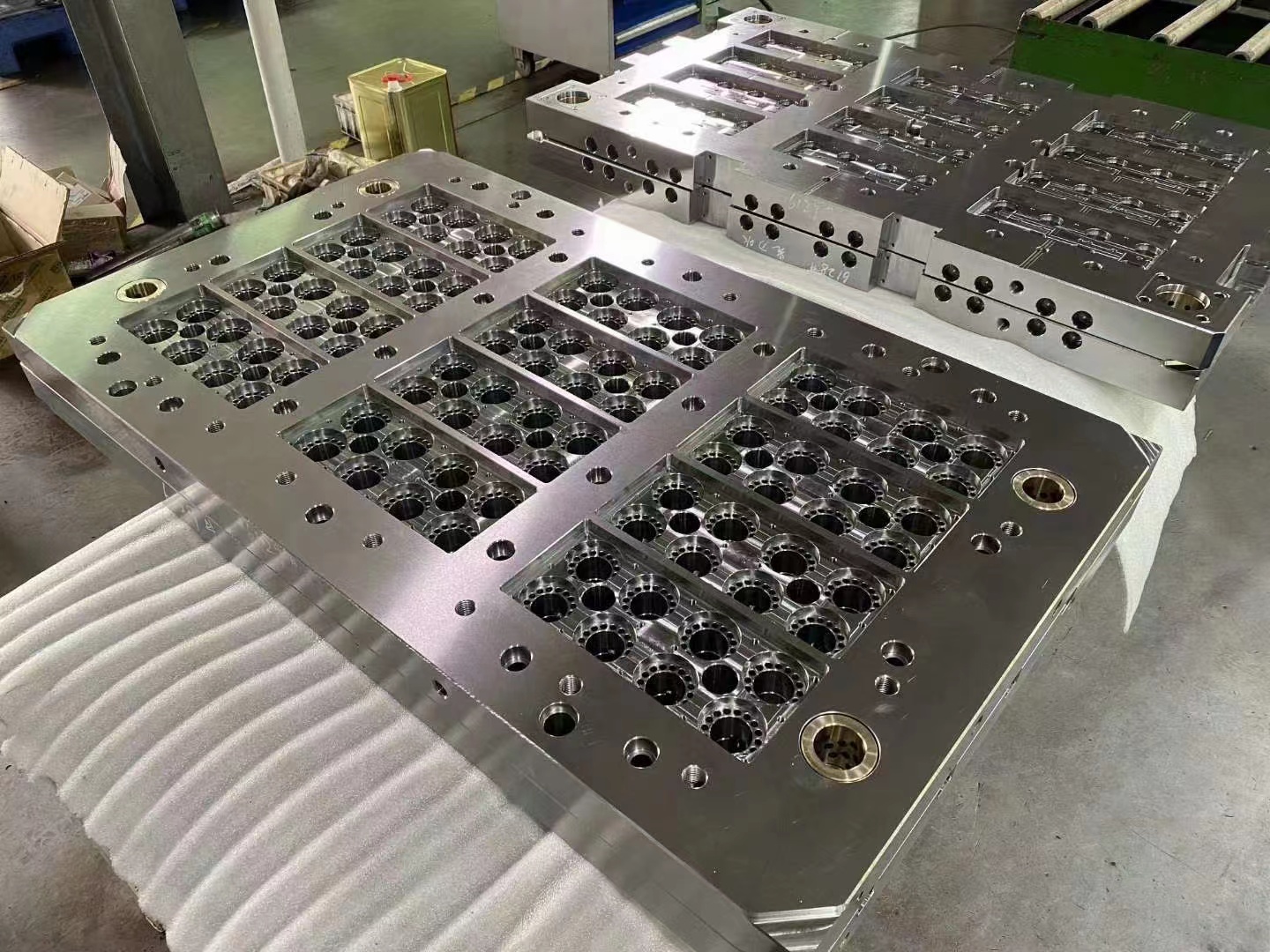Quality Assurance Practices in Mold Steel Fabrication
Introduction to Mold Steel Fabrication
Mold steel fabrication plays a critical role in various manufacturing processes, particularly in the production of molds that shape plastic, metal, and other materials. As global industries demand higher quality standards and more efficient production cycles, establishing robust Quality Assurance (QA) practices in mold steel fabrication has become imperative. This article delves into effective QA practices designed to enhance performance, sustainability, and deliverables in mold steel fabrication, with a focus on their application in South Korea.
Importance of Quality Assurance in Mold Steel Fabrication
Quality assurance in mold steel fabrication is essential for several reasons:
- Increasing Product Reliability: By implementing strict QA measures, manufacturers can enhance the reliability of mold products, ensuring they perform effectively under real-world usage.
- Minimizing Production Costs: Identifying defects early in the production process reduces waste and prevents costly reworks.
- Enhancing Customer Satisfaction: High-quality molds lead to better end products, meeting or even exceeding customer expectations effectively.
- Ensuring Regulatory Compliance: Many industries require adherence to regulatory standards, making QA essential to avoid legal implications.
Key Quality Assurance Practices in Mold Steel Fabrication
Implementing effective QA practices involves a multi-faceted approach. Here are several core practices embraced by manufacturers:
1. Material Selection and Inspection
The foundation of quality in mold fabrication starts with the selection of appropriate steel materials. Factors to consider include:
- Composition: Steel should possess the necessary chemical composition for durability and wear resistance.
- Supplier Certification: Ensure all suppliers are certified and adhere to international standards.
- Quality Control Tests: Conduct tests like tensile strength and hardness tests to validate material quality before fabrication.
2. Process Control and Monitoring
Establishing standardized processes and maintaining control throughout production is crucial:
- Process Documentation: Keep detailed records of manufacturing processes to trace and rectify issues easily.
- Real-time Monitoring: Utilize smart manufacturing technologies for real-time data concerning machine performance and product quality.
- Predetermined Specification Checks: Set clear specifications for every stage of production to ensure compliance with quality standards.
3. Employee Training and Development
The effectiveness of QA practices hinges on the skill set of the workforce involved in fabrication. Employee training should focus on:
- Technical Skills: Provide hands-on training in using tools and understanding quality metrics necessary for high-quality output.
- Quality Awareness: Foster a quality-centric culture where employees are encouraged to prioritize quality over quantity.
- Continuous Improvement: Implement programs that promote continuous learning, allowing workers to stay updated on the best practices in the industry.
Utilizing Advanced Technology for Quality Assurance
The ongoing evolution of technology offers numerous opportunities for strengthening QA practices:
- 3D Printing: Prototype molds can be produced using 3D printing techniques, allowing for rapid testing and adjustments.
- Automated Inspection: Employ automated inspection tools for precision in checking dimensions and surface textures of the molds.
- Data Analytics: Analyze production data to identify trends, defects, and opportunities for improvement throughout the manufacturing process.
Conclusion
The adoption of stringent quality assurance practices within mold steel fabrication is not merely a regulatory requirement but a necessity for growing global competitiveness. For manufacturers in South Korea, where the industrial landscape is rapidly evolving, investing in these practices can significantly enhance product quality, reduce costs, and improve customer satisfaction. By prioritizing material quality, maintaining strict process controls, investing in workforce skills, and leveraging advanced technologies, manufacturers can not only meet domestic demands but also compete successfully in international markets. As the industry continues to evolve, staying committed to quality will be the backbone of sustainable growth in mold steel fabrication.

